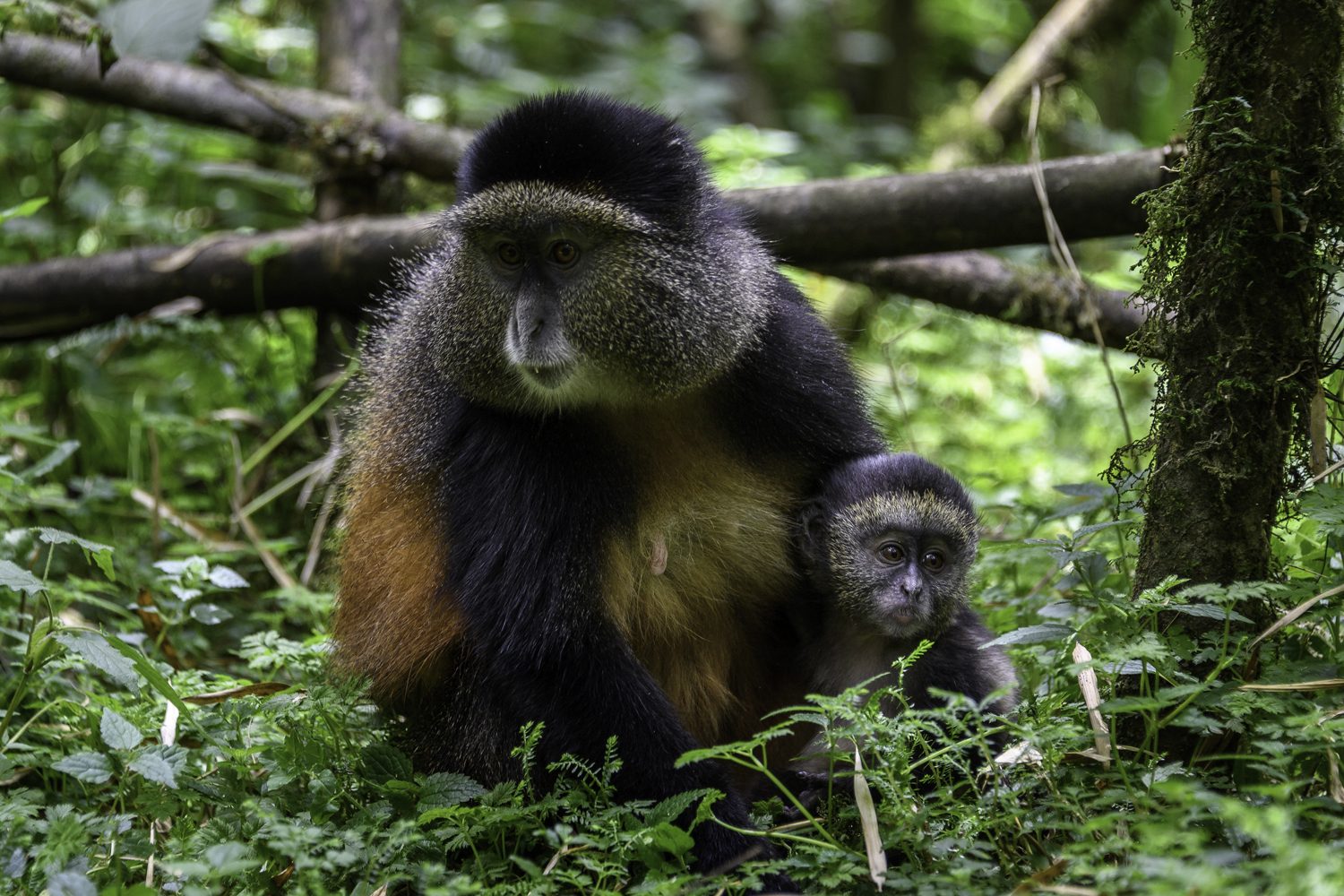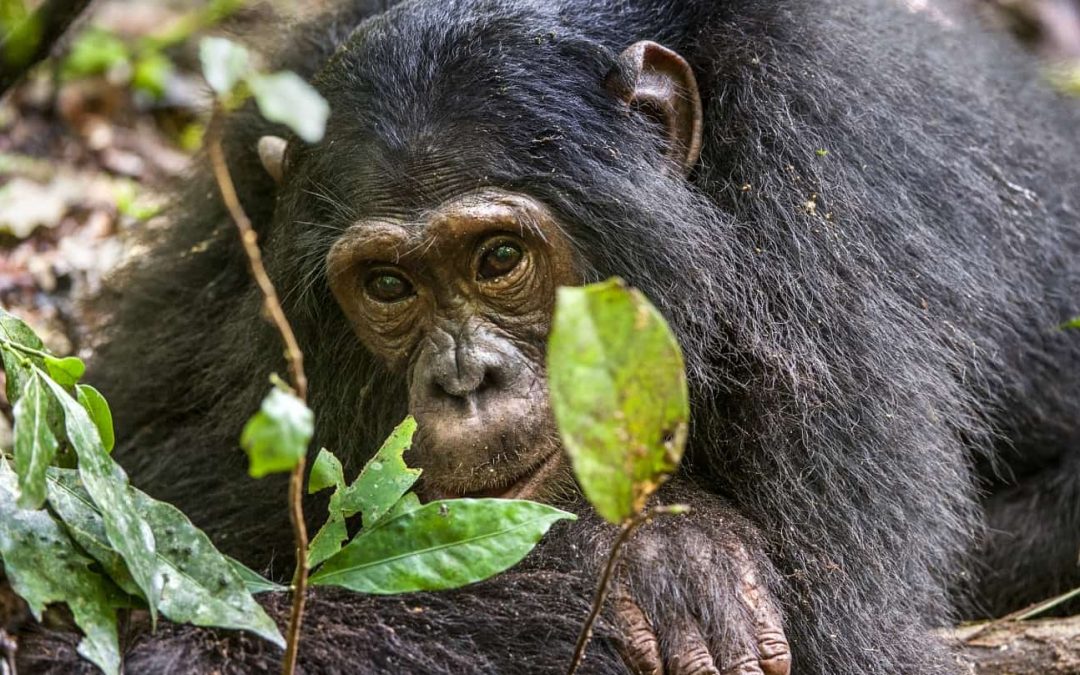Traveler’s Guide To Visiting Rwanda’s Gishwati Mukura National Park
Gishwati-Mukura National Park is one of the hidden gems in Rwanda, yet many travelers to Rwanda still have no idea about its existence. Surprisingly, it is a spectacle worth adding to any Rwanda safari itinerary.
Exploring Gishwati-Mukura National Park, travelers get the chance to discover some of the country’s rarest creatures and attractions. However, given the fact that it is still a new kid on the block, most tour operators avoid adding this spectacular Protected Area to their itineraries but with Maranatha Tours and Travel, we take travelers to off-the-beaten-track destinations to experience what Mother Nature offers.

Gishwati Mukura National Park
Located within the Western Province of Rwanda, in Rutsiro and Ngororero districts, the exceptional Gishwati-Mukura is known for being Rwanda’s smallest National Park with only 13.7 square miles to its name. The Park’s landscape is generally characterized by stunning rolling hills and mountain slopes thence providing some of the most incredible lateral and top views during helicopter flights. It is interesting to know that this extraordinary Protected Area is one of the few remaining natural forests and biodiversity hot spots in the Congo-Nile Divide in the Albertine Rift region.
Unmissable things to see in Gishwati-Mukura National Park
Gishwati-Mukura National Park is rarely explored but it’s a biodiversity hot spot with over 6 primate species that include 25 Eastern chimpanzees, L’Hoests monkeys, golden monkeys, and others. Other animals in the Park are the Side-striped jackals, three-horned Chameleons, Great Lakes Bush Vipers, African civets, serval cats, Servaline genets, Rwenzori sun squirrels, and forest frogs among others.
Additionally, over 126 bird species such as Rwenzori turaco, Handsome francolin, Regal sunbirds, Dusky Crimsonwing, Kivu Ground Thrush, Mountain Sooty Boubou, Strange weavers, Double-collared sunbirds, Great blue Turaco, Blue-headed sunbirds, Grey-crowned cranes, Purple-breasted sunbirds, Mountain-masked Apalis, Martial Eagles, Archer’s ground Robin, Rwenzori batis, and many others.
Gishwati-Mukura National Park is also a haven for over 250 plant species, including a number of montane forest species like giant tree ferns.
Must-do tourist adventures within Gishwati-Mukura National Park
Travelers to Gishwati-Mukura National Park have the once-in-a-lifetime opportunity of exploring its rich biodiversity, learn about the surrounding local community, and track the primates. Guided forest walks and mountain biking are undertaken through different trails in and around the Park.
Chimpanzee trekking
The small chimpanzee community in Gishwati-Mukura National Park is undoubtedly the main draw of this remote and rare National Park. There are over 35 chimpanzees here, hence it is possible to track and learn about them.

Chimpanzee trekking
Forest walks/hiking
There are a number of forest trails of varying difficulty in Gishwati-Mukura National Park, offering travelers the chance of spotting unique wildlife like golden monkeys, L’Hoests monkeys, and duikers among others, birds especially Blue-headed sunbirds, Grey-crowned cranes, Purple-breasted sunbirds, Mountain-masked Apalis, butterflies, and tree species.
Bird watching in Gishwati-Mukura National Park
Gishwati-Mukura National Park is one of the birding Paradises and unmissable birding destinations in Rwanda, with over 200 species to look out for. Birding tours are done with experienced guides who should to arranged in advance. The unique Kivu Ground Thrush, Mountain Sooty Boubou, Strange weavers, Double-collared sunbirds, Great blue Turaco, Blue-headed sunbirds, Grey-crowned cranes, Purple-breasted sunbirds, and Mountain-masked Apalis are some of the common species spotted during birding tours.
The perfect season to visit Gishwati-Mukura National Park
Gishwati-Mukura National Park, like most places in Rwanda, is mountainous in addition to experiencing a cool and sunny Tropical climate. Guided tours of this secluded Protected Area are undertaken all year round.
However, it is always advisable to wear what is well adapted to the prevailing seasons. The months of June to September and December to February (warm dry season) are therefore considered the best time to visit Gishwati-Mukura National Park. The months of October to November and March to May are part of the rainy season that require rainproof clothes.
Where to stay within/around Gishwati-Mukura National Park
Gishwati-Mukura National Park offers few but private lodging options the most popular being Gishwati Lodge. Others are Sunshine Gishwati Research Center within the Gishwati area while a number of Campsites are found in Gatenga, Kinkanda, and Satinski villages for adventure seekers. Additionally, the nearby Towns of Karongi and Rubavu also provide incredibly tranquil accommodation facilities in form of Hotels.
Getting to Gishwati-Mukura National Park
How you get to Gishwati-Mukura National Park mainly depends on your departure point, although road transport is the most commonly used means.
From Kigali City, we offer private transfers by customized 4WD vehicles to Gishwati-Mukura National Park. For travelers who wish to use public transport, it is interesting to know that regular buses are found at Nyabugogo Bus Station to the Town of Rubavu. The Journey is three hours via the NR2 Road or to Karongi Town via the NR1 Road. From any of these Towns, the Kivu Belt Road (also referred to as NR11) that links Goma-Rubavu-Karongi-Rusizi and Bukavu Town leads travelers to the spectacular Gishwati-Mukura National Park.
